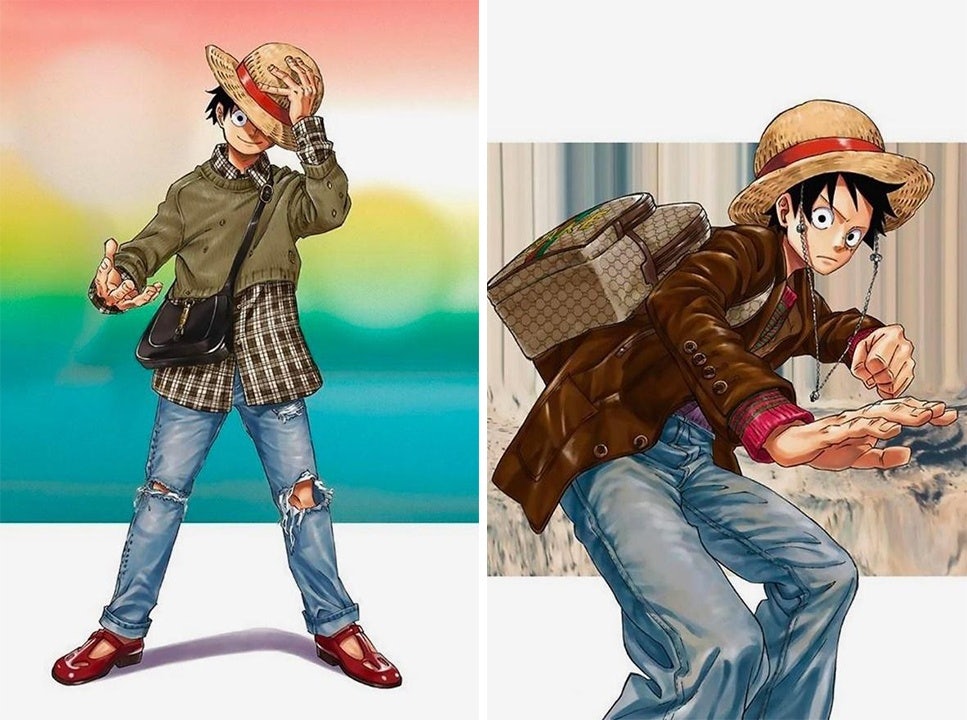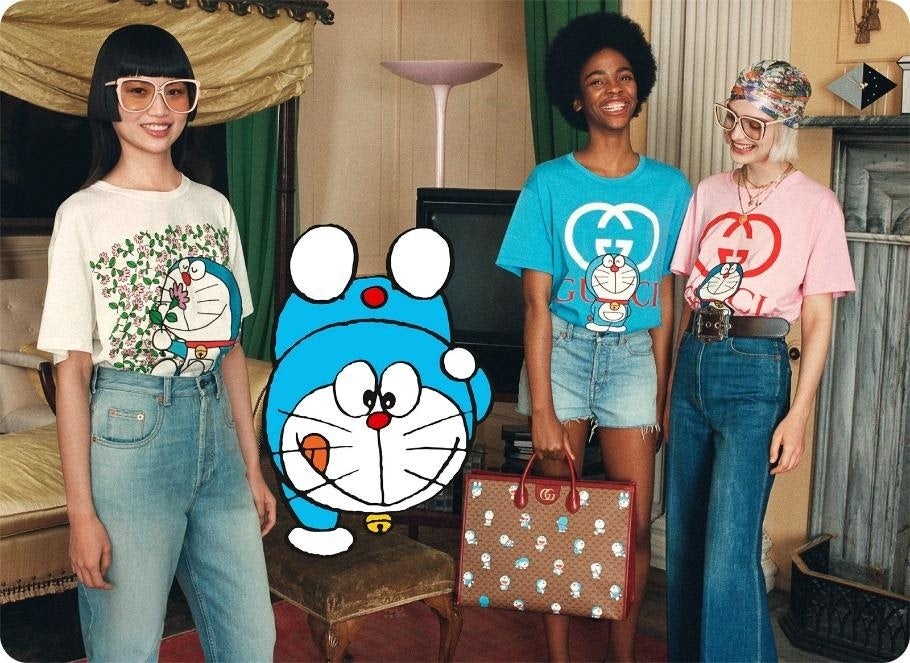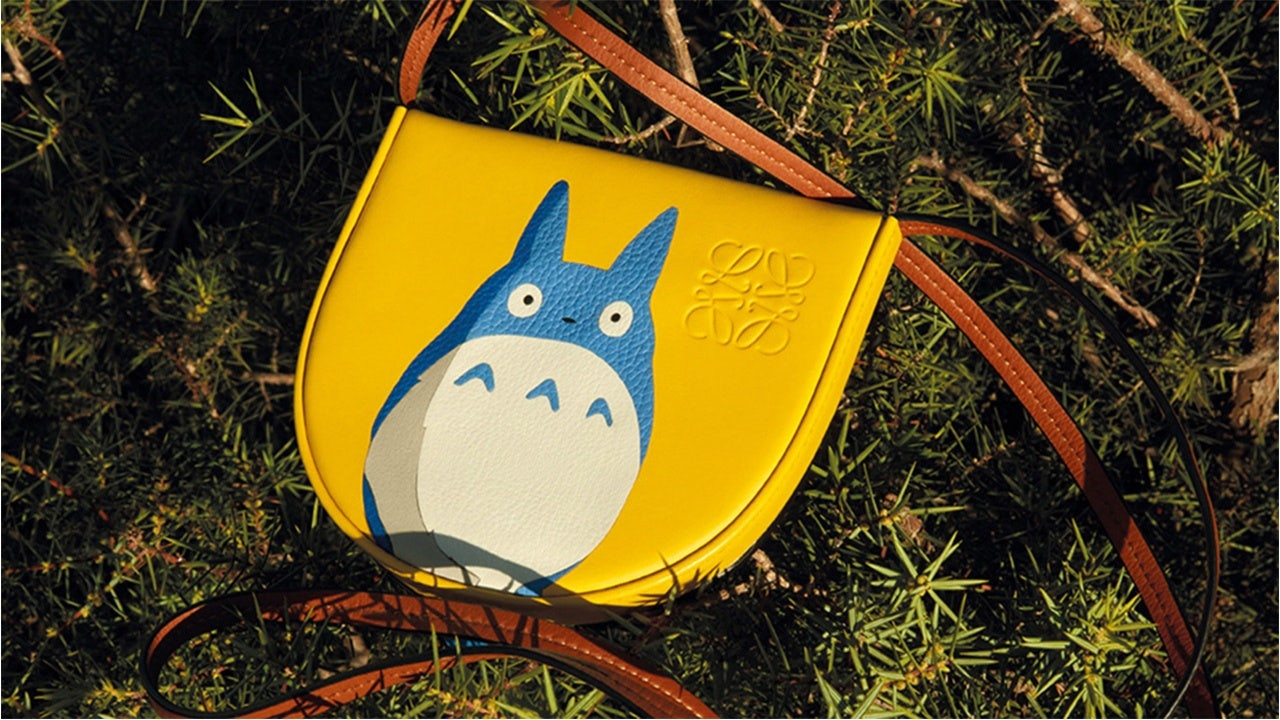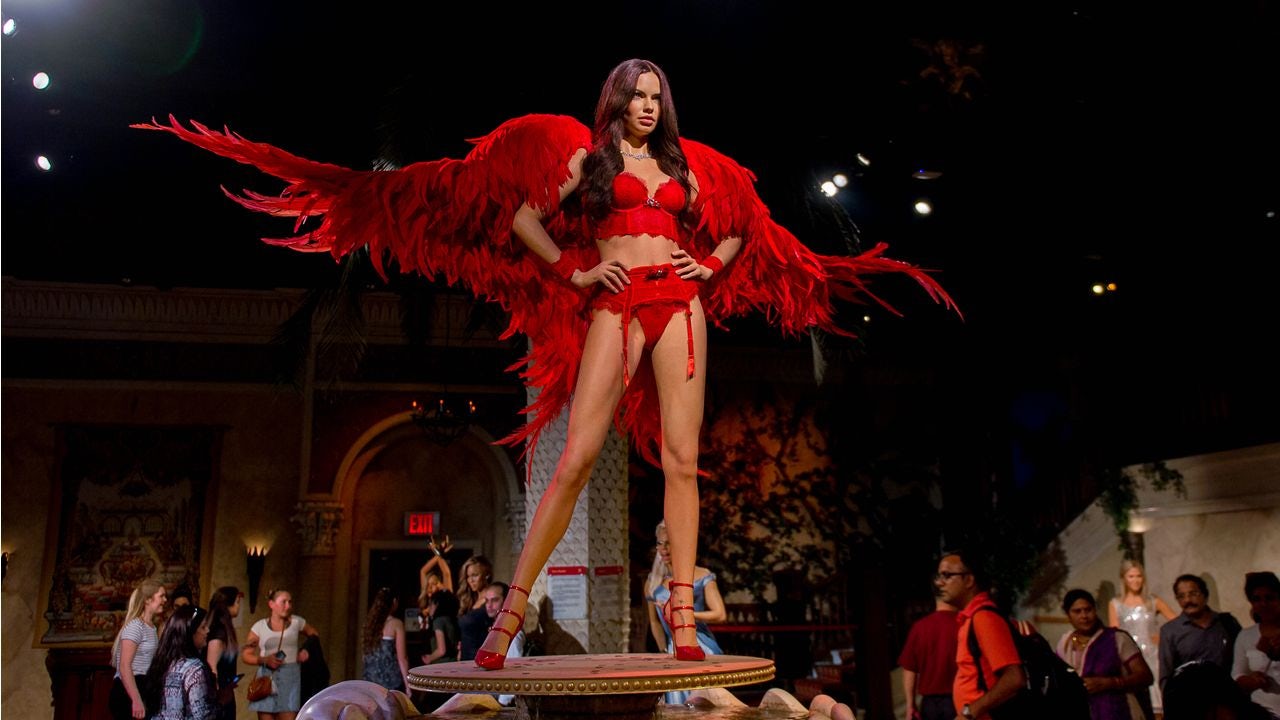Key Takeaways:#
Meng culture, a Chinese preference for cute and cuddly things, should actually be considered a long-term trend among young Chinese consumers.
Although some brands have started collaborating with manga and anime, most luxury and fashion players have not yet understood Meng’s far-reaching cultural significance.
As Meng culture extends its influence beyond China in this interconnected world, brands that swap glam for cute will have an edge in the Gen-Z market.
One of the fundamental shifts of the luxury industry today has been the migration into the Chinese millennial and Gen-Z market. Some of these shifts are technological, such as with the digital transformation that most big brands have made to reach young Chinese consumers. Others are about taste: the seasonal collections inspired by traditional Chinese festivals, collaborations with Chinese pop stars, and the increasing amount of designs catering to young China’s Meng culture — also known as cute culture.
Translated as “cute” in Chinese, Meng (萌) is a pop expression of all things as having an innocent, childlike charm. Similar to Japan’s kawaii phenomenon, China's “Meng” culture shows a preference among the younger generations for cute, teen-looking fashion styles.
Unsurprisingly, capitalizing on Meng’s popularity has become a key for success in China's competitive retail world in recent years. POP MART, a Chinese toy company selling dolls and collectible figurines, successfully launched its IPO in Hong Kong last December with a market value surpassing 12.5 billion. The company’s founder, Wang Ning, once said during an interview that “buying a ‘mystery’ doll box is like buying a box of ice cream — it is all about gifting customers 5 to 10 minutes of dopamine.”
These Meng-inspired objects are considered both restorative and heartwarming, and many feel they have a therapeutic appeal to millennials and Gen Zers as they increasingly experience burnout within the cutthroat competition of China’s work life.
As such, Meng culture has started to infiltrate aesthetics in luxury and fashion. Gucci, the Kering-owned Italian brand known for its maximalist approach, created a series of fashion editorials back in September of 2020 with Elle Men China that featured manga characters from the show “One Piece” wearing the brand’s Fake/Not collection. As one of the greatest manga classics from Japan, “One Piece” is also an endearing childhood symbol for China’s post-80s, post-90s generations.

In January this year, Gucci released another capsule collection featuring the iconic manga character Doraemon for Chinese New Year. Across social media, Chinese fashionistas raved about this collaboration, which fulfills both their childhood nostalgia and their desire to appear fashionably cute.

In the same month, a cohort of luxury brands — from Louis Vuitton and Balenciaga to Burberry and Loewe — also joined the race to launch cute-inspired CNY collections using cartoon characters.
But despite these growing collaborations between luxury brands and manga, there is an unspoken consensus within the industry that these collections will target Chinese consumers only. Because of the prevailing Western assumption that cute aesthetics are only for children, it could be tempting for brands to ignore Meng culture’s far-reaching influence on young consumers.
In the West, cute, cartoon-inspired designs are only meant to target children and not adults who buy luxury as a treat. But in Meng-influenced China, cute designs have a timeless appeal to both children and young adults. According to the Meng rhetoric, appearing pretty and harmless is the ultimate form of sexiness. This preference for childlike cuteness is the opposite of the typical ideals portrayed in Western luxury advertising, which center on maturity, sophistication, and seduction.
For global brands, balancing the tastes of a more mature Western audience and a younger one in Asia has become a challenge. In fact, the polarization between Western and Eastern styles has emerged as a consistent industry theme over the past few years, according to Boston Consulting Group’s True-Luxury Global Consumer Insights. Contrary to Western consumers who favor a quieter luxury style, Chinese consumers are increasingly exhibiting extroverted values, preferring logo-laden designs and bright patterns over pieces that speak of heritage and craftsmanship.
However, China’s growing Meng culture has far broader implications for brands than just signaling young China’s craving for cuteness. Through the rise of Meng culture, brands should pick up cues about this generation’s new attitudes towards luxury — both inside and outside of China.
First, Meng culture signifies young consumers’ emotional needs because, to millennials and Gen Zers in China, Meng culture evokes a restorative feeling through fantasy. Today, more and more of these citizens are projecting the same need for emotional restoration through luxury shopping. But what used to typically drive consumers to buy luxuries (glamour, social status, etc.) are just as relevant as these new emotional factors. So for brands, this heightened focus on customer emotion should inform future collaborations and designs.
Second, this cultural tendency to see cuteness as the new glamour is becoming a global trend that reaches markets far beyond China and East Asia. In the West, Gen Z and Gen Alpha have gained increasing exposure to K-pop and viral Chinese street fashion videos on TikTok, among other Asian pop trends that have shaped their approach to style. Therefore, by exploring China’s Meng culture, brands can extend their cultural relevance to consumers in other regions, too.
While it might be too early to say Meng culture will be the next booming fashion trend, this cute movement continues to infiltrate the internet in China and beyond. For brands, it is a chance to be more active in addressing China's young “Meng” preferences and seeing it as much more than a subculture.

